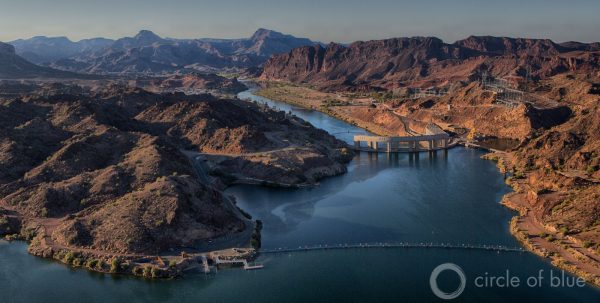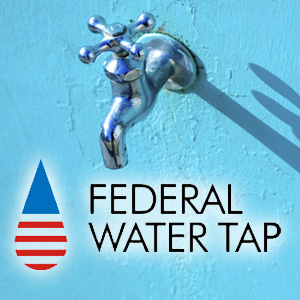The Stream, June 6: Addressing Pressing Problems a Province at a Time
The Global Rundown
India‘s Prime Minister Narendra Modi and Afghanistan‘s president Ashraf Ghani appear to have laid their hands on a collaborative solution to irrigation and electricity in the latter’s Herat provence. Masterpieces are being evacuated from the lower levels of the Louvre, while Parisians scramble to avoid the rising River Seine. Six years later, evidence of the Deepwater Horizon’s damage is still surfacing, most recently in a University of California, Santa Barbra report on the oil spill’s impact on marine life. Also, a bipartisan bill before the United States‘ legislature may keep flowing moving downstream for the nation’s aging aquatic underpinnings.
“Water infrastructure is a critical component to our nation’s transportation network,” Water Resources and Environment Subcommittee chairman Bob Gibbs (R-OH) regarding the importance of the Water Resources Development Act. (Transportation and Infrastructure Daily)
Downstream of Lake Mead, the Colorado River flows into Lake Havasu, a reservoir on the California-Arizona border. Photo © J. Carl Ganter / Circle of Blue
By The Numbers
80,000 hectares– Afghani land expected to be irrigated by the newly inaugurated Salma Dam, a joint project constructed along with the country’s growing regional ally, India. The Wire
250,000– Pieces of art had to be moved to higher ground in the Louvre after Paris’s River Seine swelled to more than 6 meters above its normal hight, a 34-year high. BBC
33– The number of US cities, across 17 states, that have used water testing “cheats” to potentially conceal dangerous levels of lead during EPA mandated testing. Guardian
Science, Studies, And Reports
A recently released study by the University of California, Santa Barbra indicates the 2010 Deepwater Horizon oil spill in the Gulf of Mexico has had lingering effects on underwater food webs and deep-water fish and coral. Despite the eventual eradication of surface water oil, this UCSB Marine Science Institute study found that remnants of the oil — combined with microscopic algae and other marine debris — created a “dirty blizzard,” on the seafloor. Santa Barbra Independent
On The Radar
As India continues to face increasing groundwater shortages — nearly 600 million people are at higher risk of surface water supply disruptions — the beleaguered nation is turning to its states for solutions. Some states are in-turn passing responsibility to individual communities by creating locally-led watershed management initiatives. Hindustan Times
Circle of Blue contributor
Nick is interested in the social and political instability caused by growing global resource scarcity. He is also the director of communication at On the Ground, an international aid and development NGO that supports sustainable community development in farming regions.





